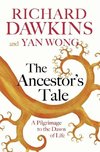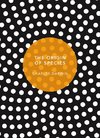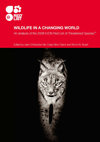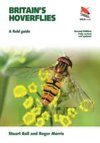
-
 Anglický jazyk
Anglický jazyk
Damanganga: A case study on Water Quality & Phytoplankton diversity
Autor: Shefali S. Patel
The most effective and common practice for evaluation of environmental problems is long-term assessment of water quality since the spatio-temporal fluctuations of hydrochemical parameters and biological variables can be conferred clearly and can help in... Viac o knihe
Na objednávku, dodanie 2-4 týždne
56.43 €
bežná cena: 62.70 €
O knihe
The most effective and common practice for evaluation of environmental problems is long-term assessment of water quality since the spatio-temporal fluctuations of hydrochemical parameters and biological variables can be conferred clearly and can help in the future for research on evaluation of pollution status. The hydrochemical status of estuaries varies both temporally and spatially and the quality of water is usually described based on its physical, chemical and biological factors and in accordance to the distance from the coastline area as well as tidal phase various responses shown by the water quality of water bodies The autotrophic phytoplankton is composed primarily of diatoms, dinoflagellates, and small unarmored flagellates, but several other kinds of algae are present and occasionally important. Phytoplankton abundance and compositional structure differ based on seasons, places, and years. Millions of species have been discovered from the estuarine ecosystem and many new species are still being explored daily.
- Vydavateľstvo: LAP LAMBERT Academic Publishing
- Rok vydania: 2022
- Formát: Paperback
- Rozmer: 220 x 150 mm
- Jazyk: Anglický jazyk
- ISBN: 9786205497227












